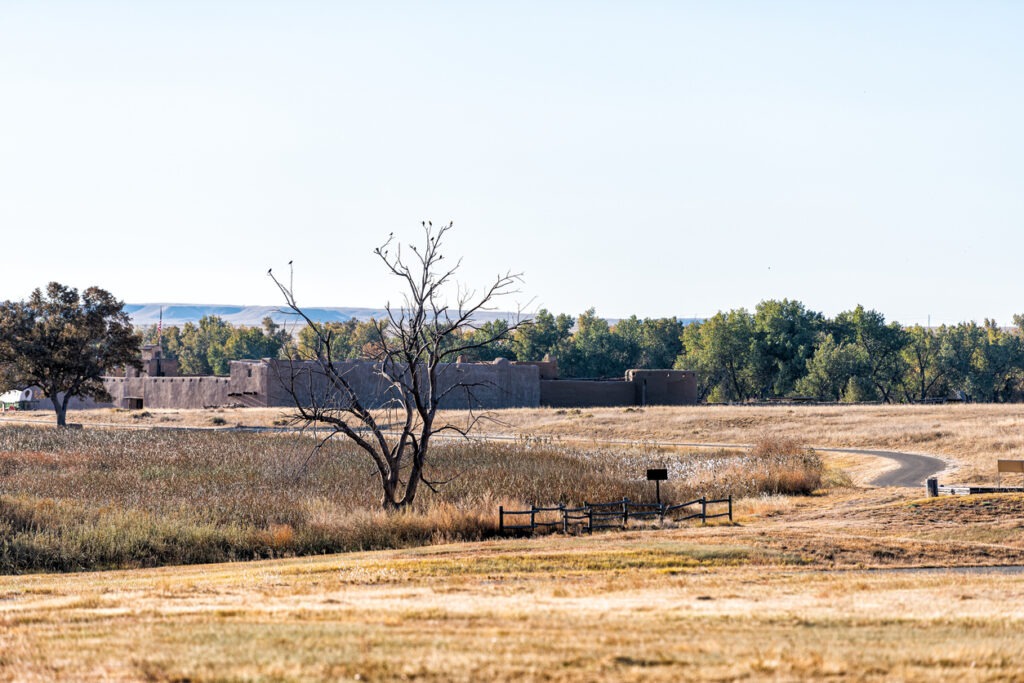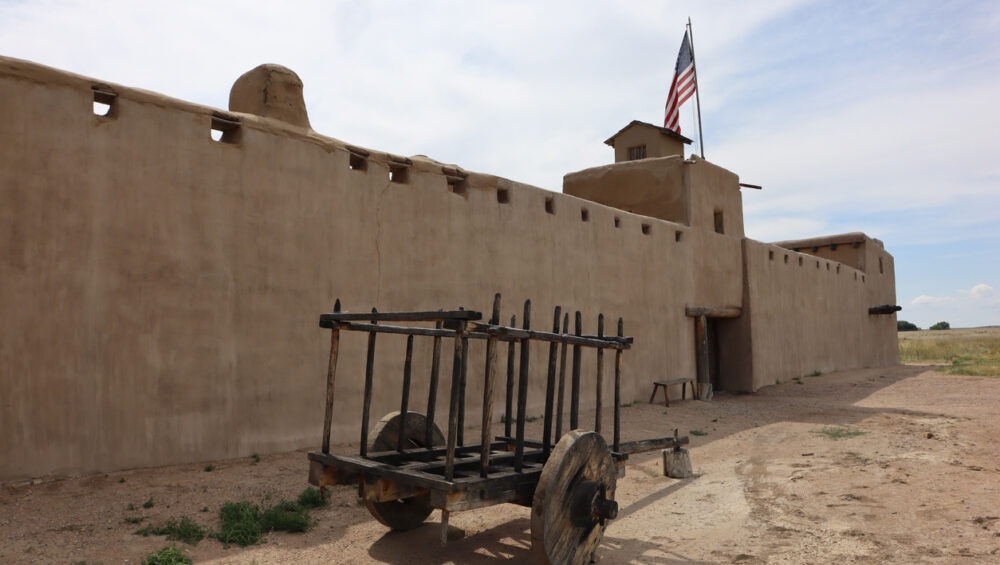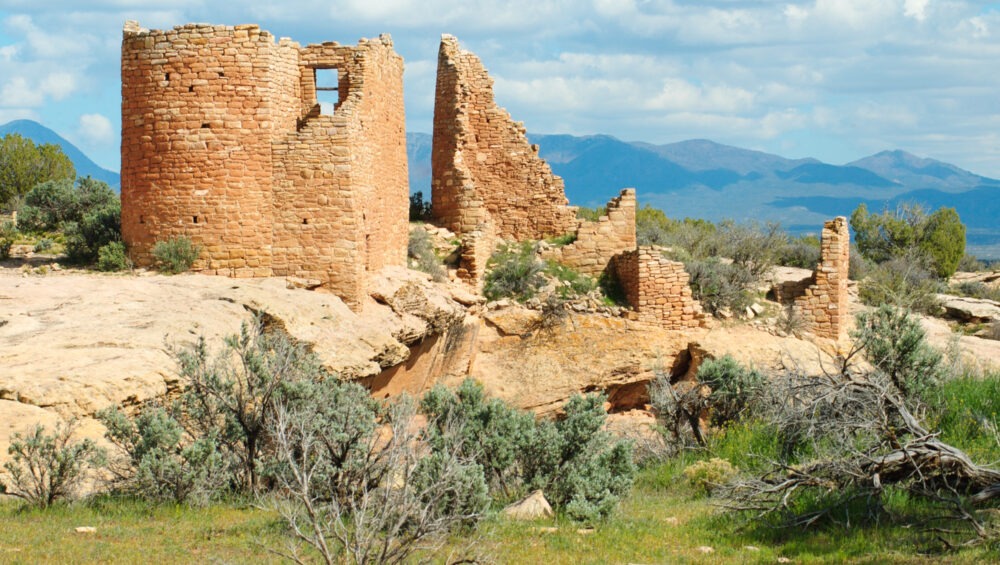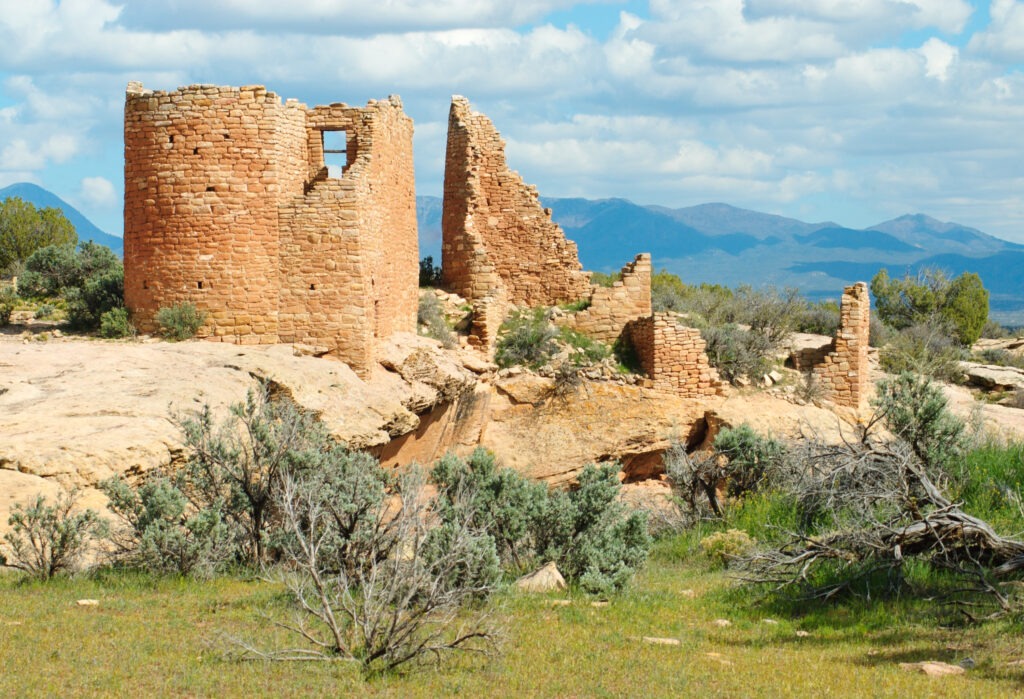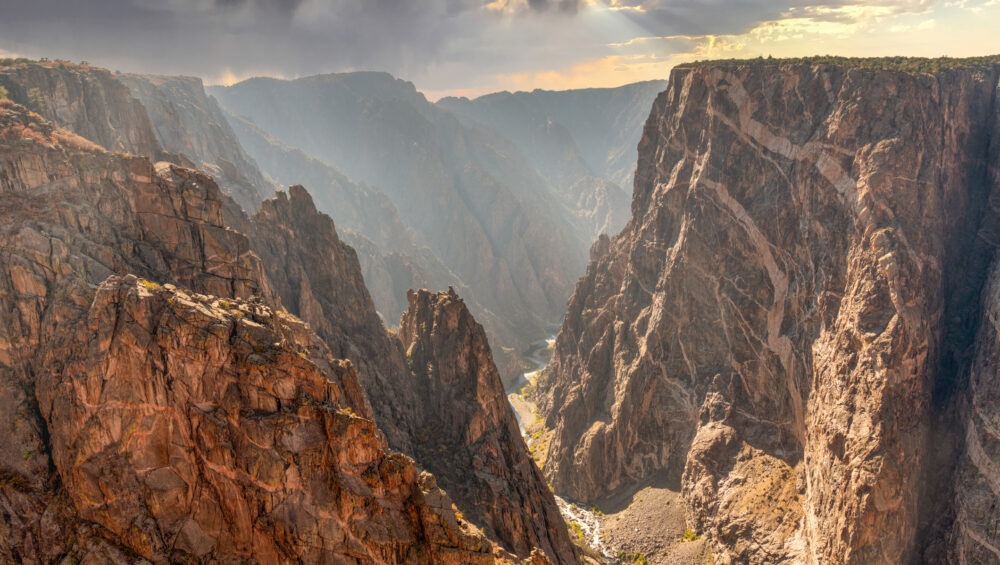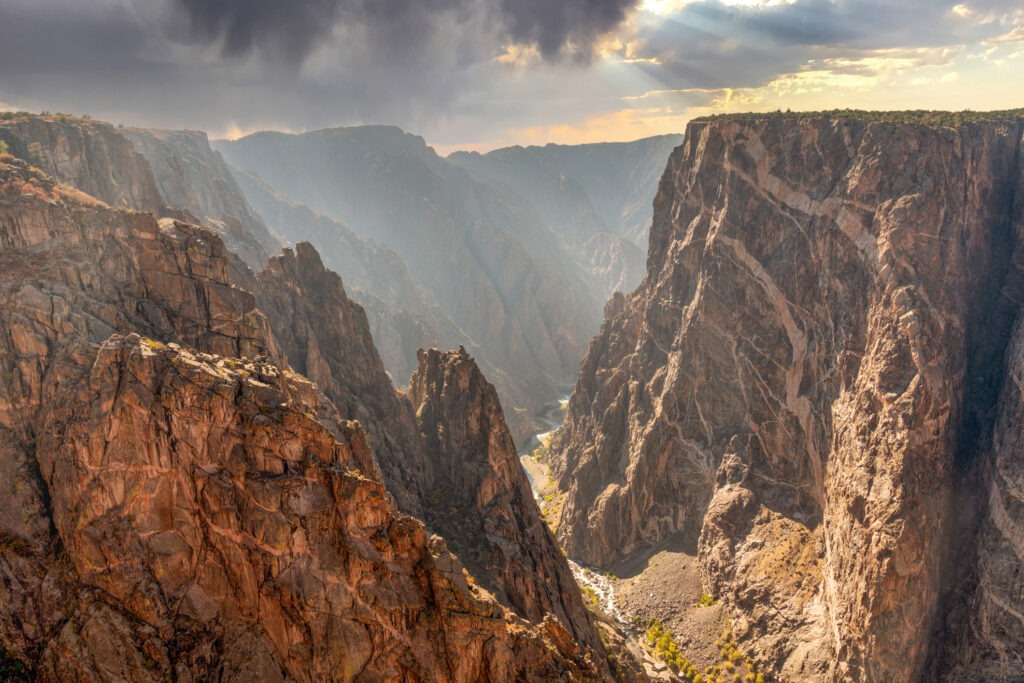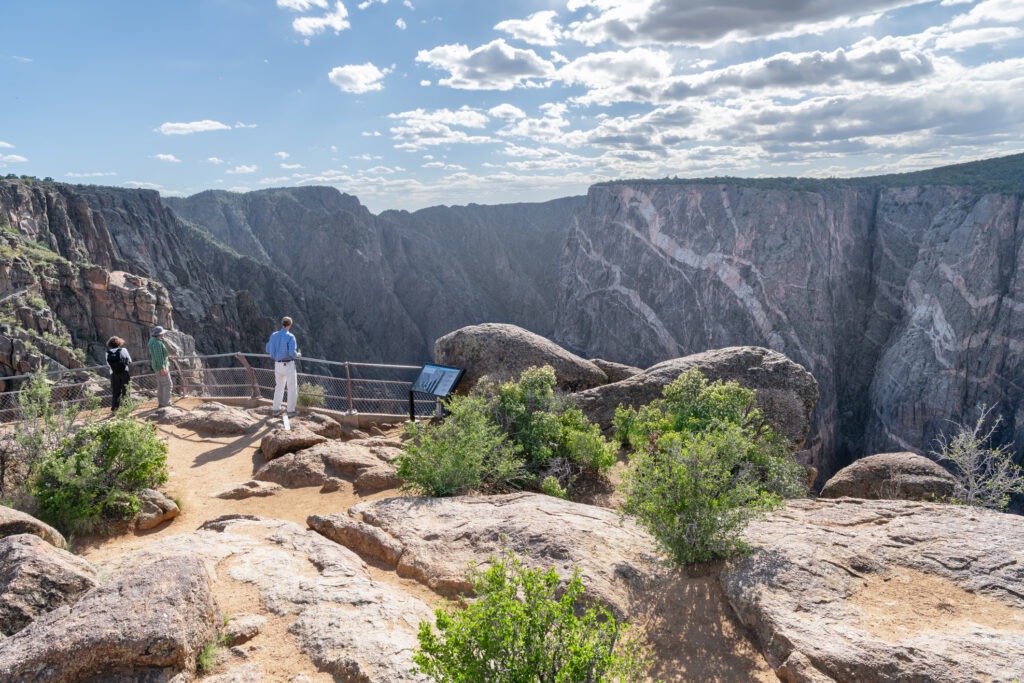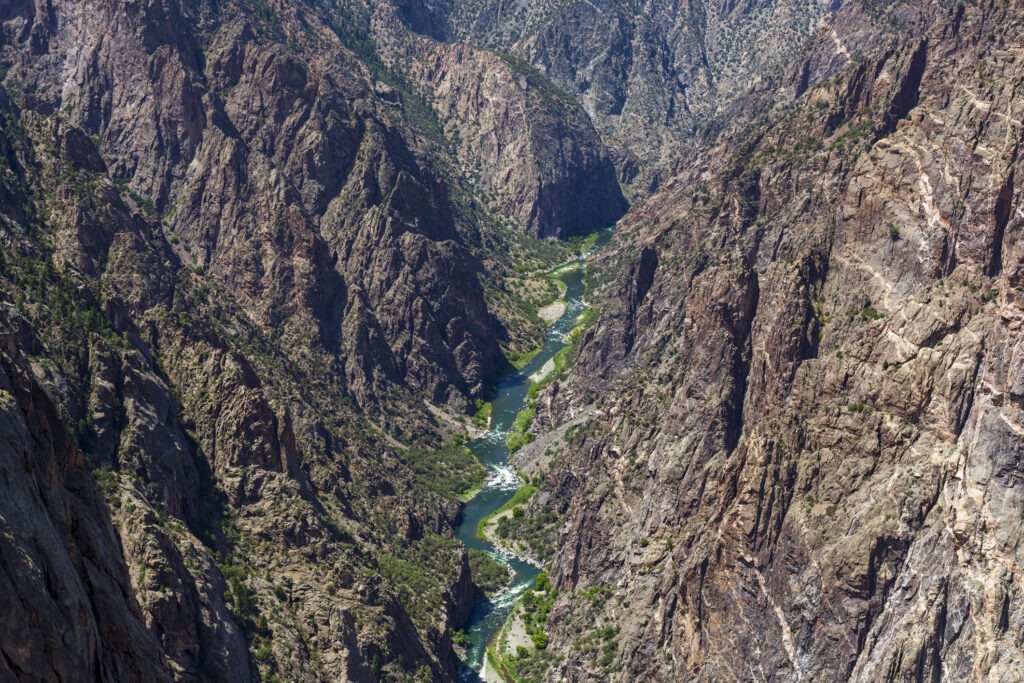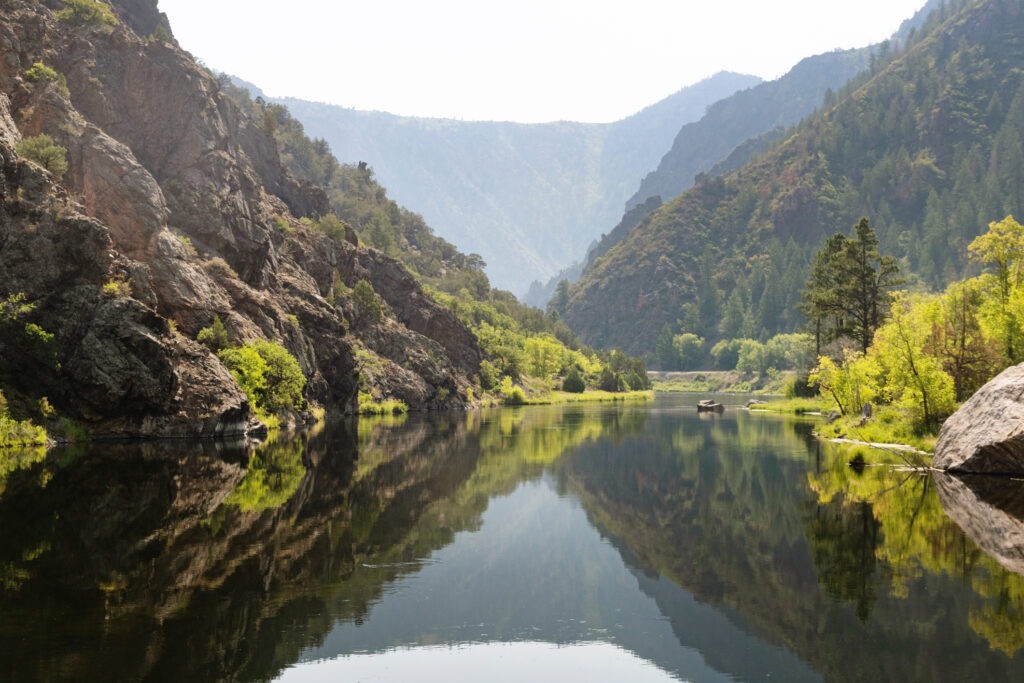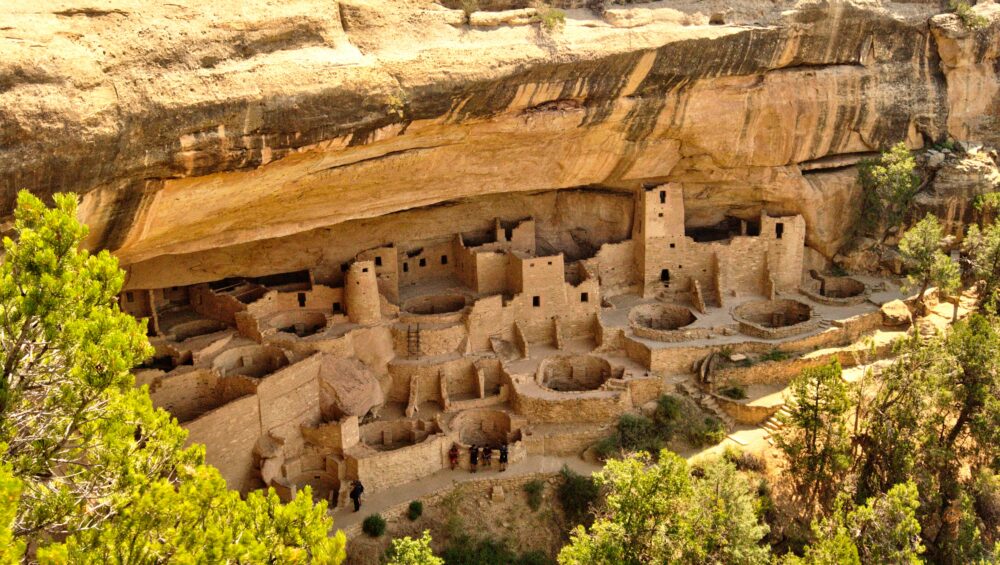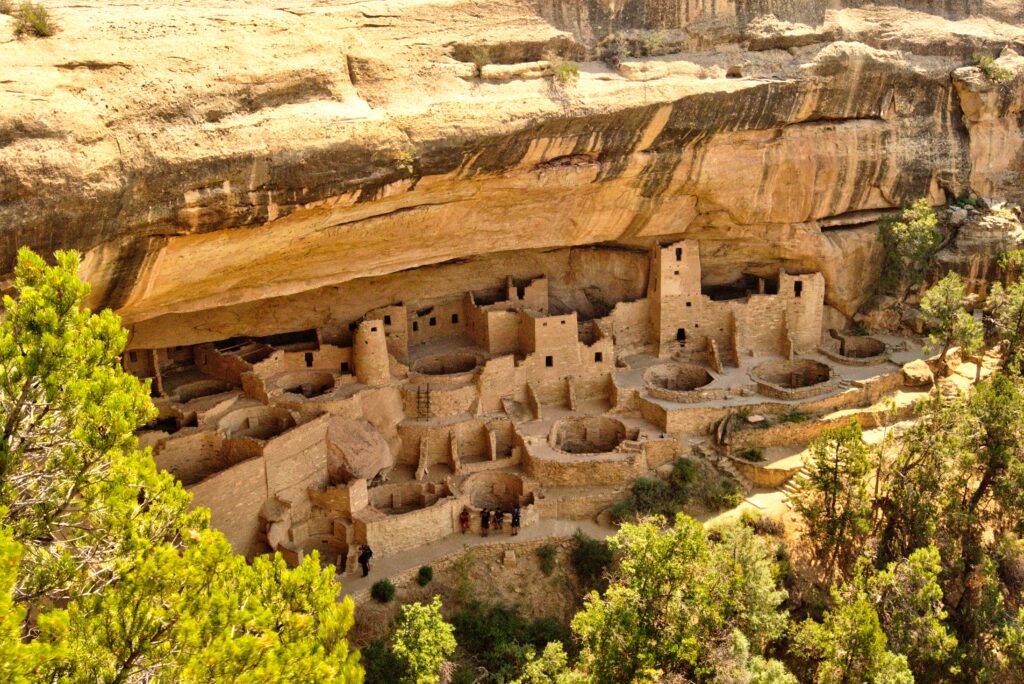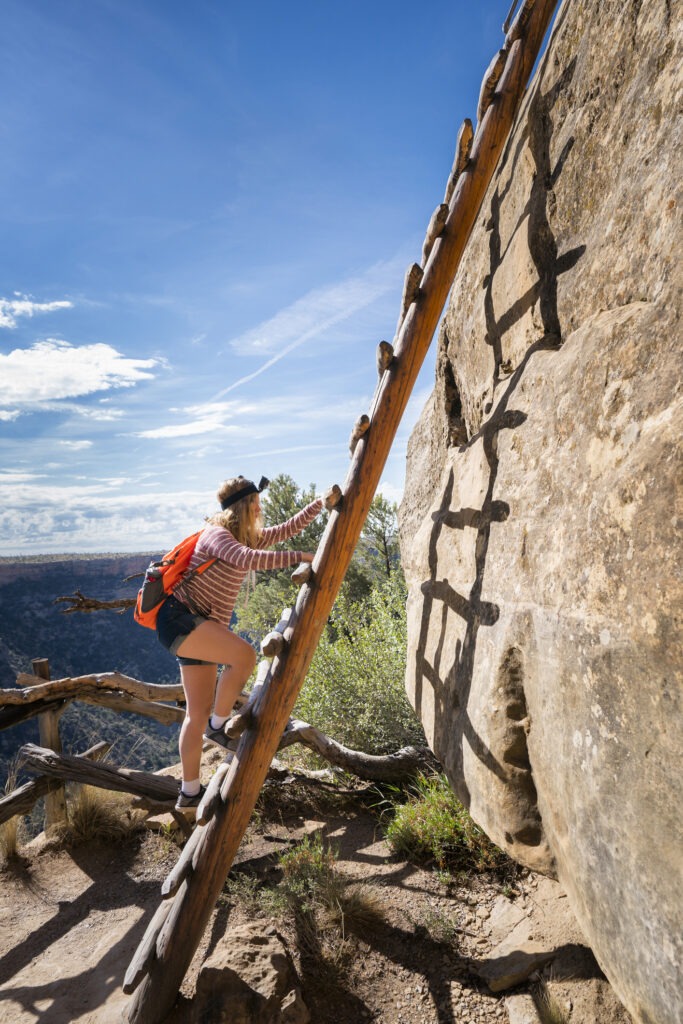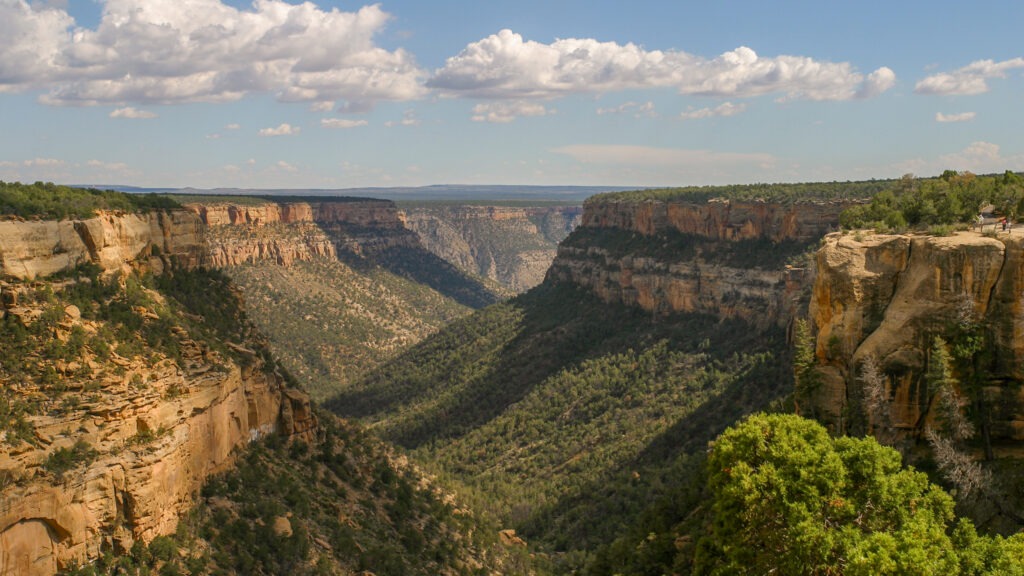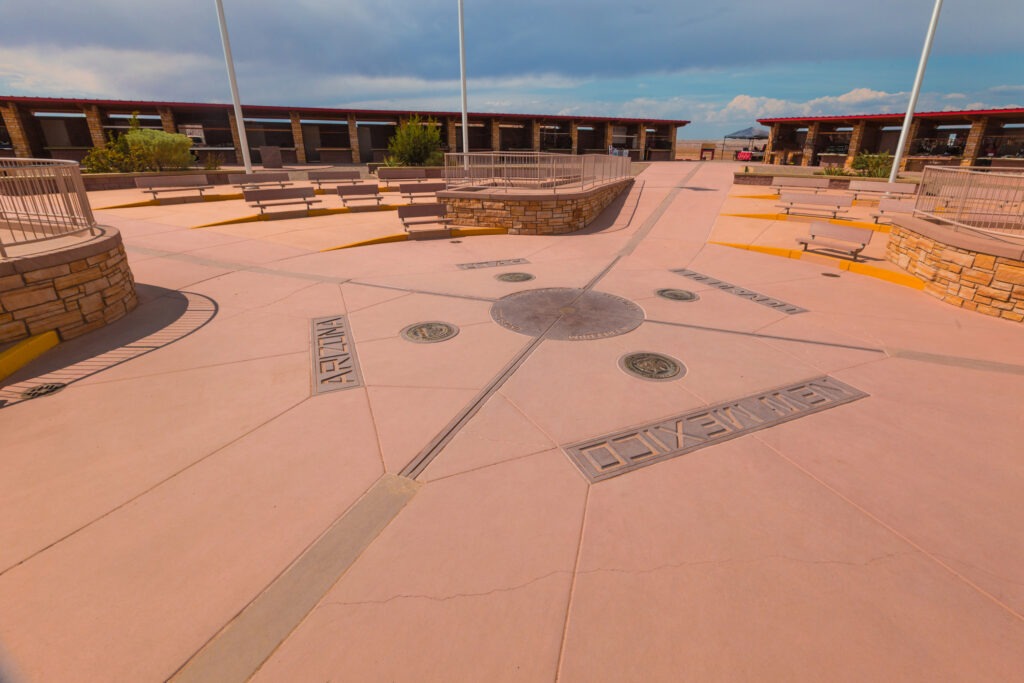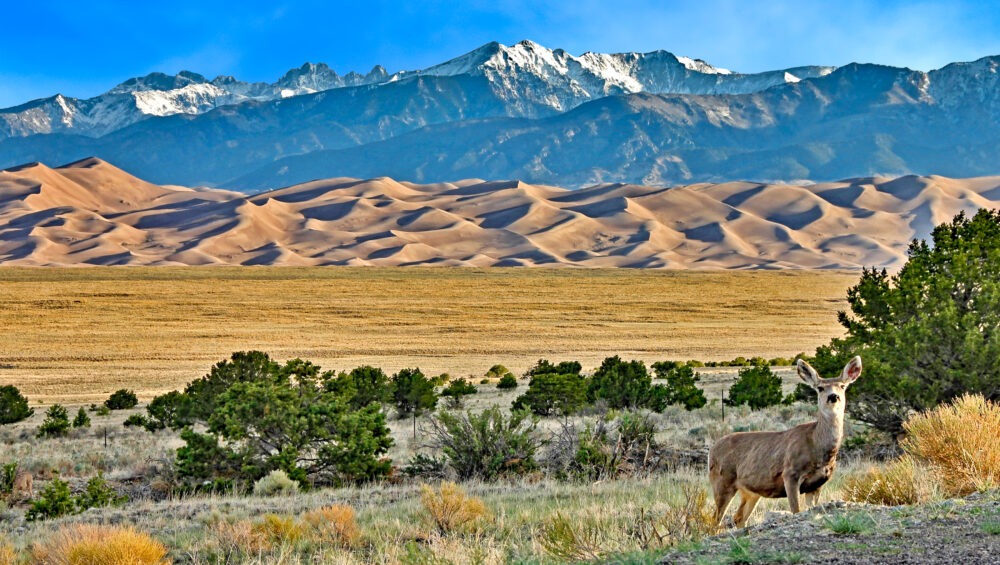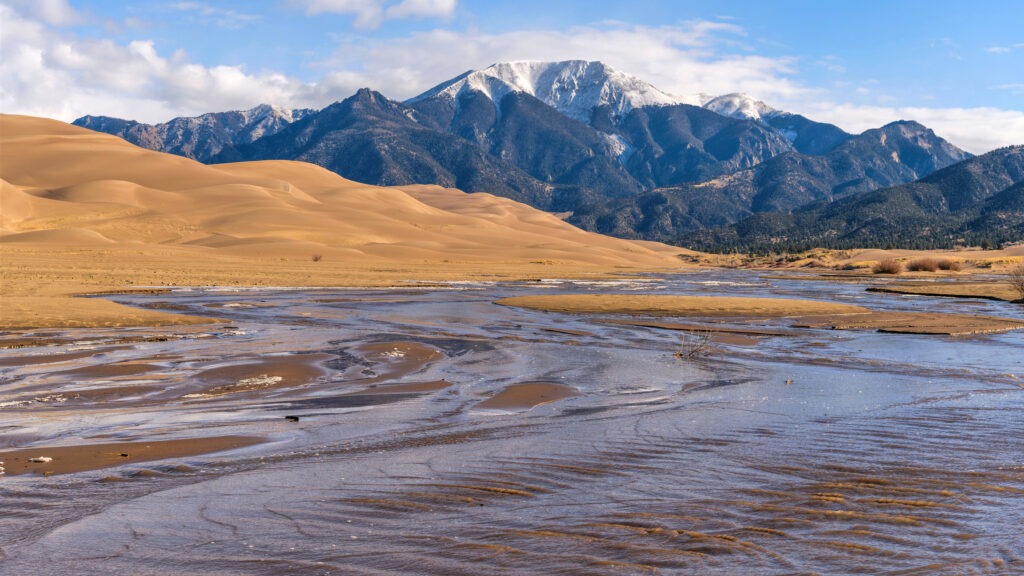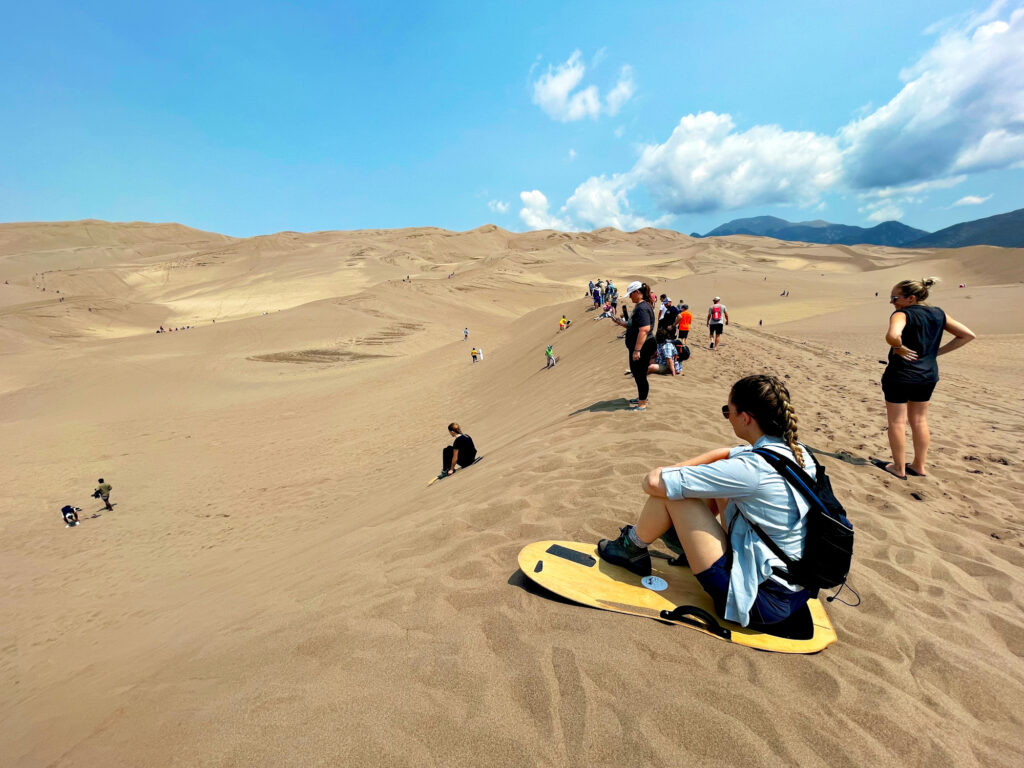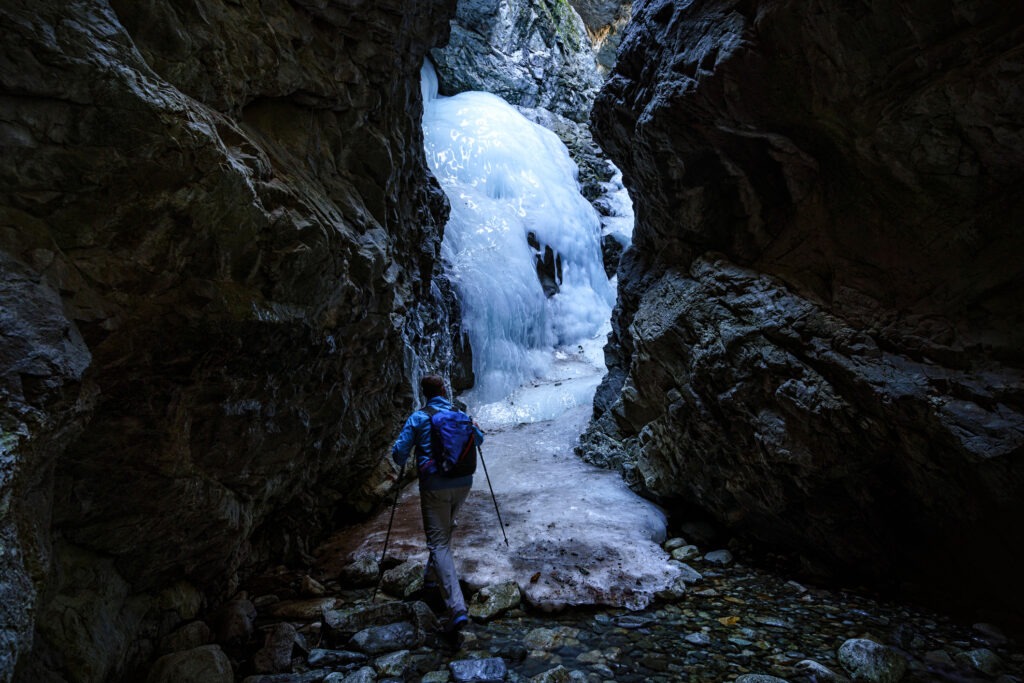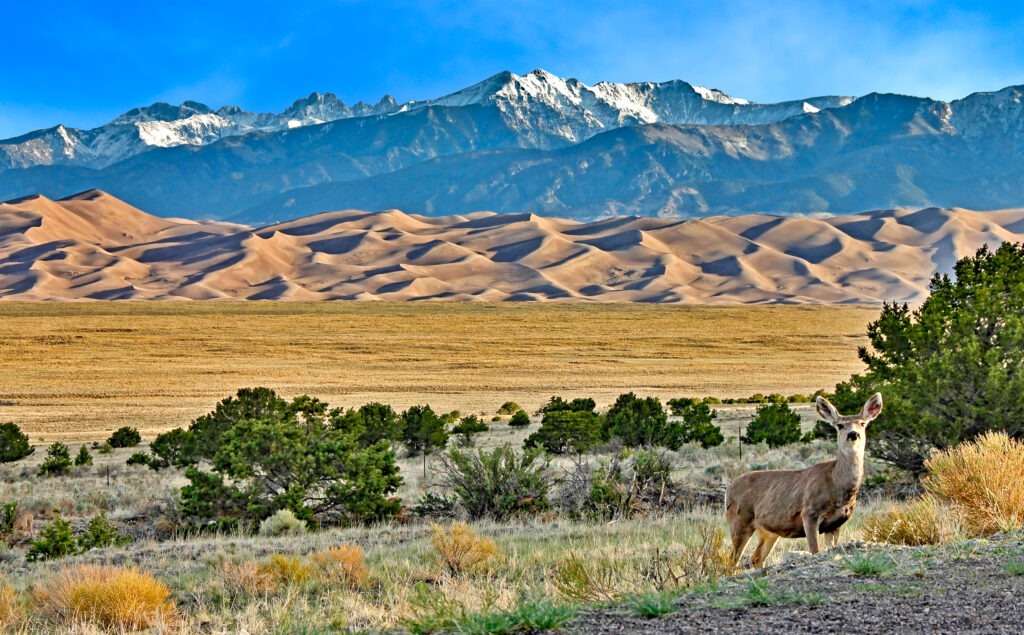If you’ve ever wanted to experience the sights, sounds, and stories of the American frontier, Bent’s Old Fort National Historic Site is your chance to step into the 1800s. Located in southeastern Colorado near La Junta, this meticulously reconstructed adobe fort served as a trading hub, cultural crossroads, and military post along the historic Santa Fe Trail.
Today, it stands as a living history museum—complete with costumed interpreters, live demonstrations, and immersive storytelling—that lets visitors walk the same pathways as trappers, traders, Native American tribes, and U.S. Army soldiers once did.
Please Note: The reconstructed Fort is currently CLOSED due to safety concerns. Learn more here: https://www.nps.gov/beol/planyourvisit/fort_status.htm
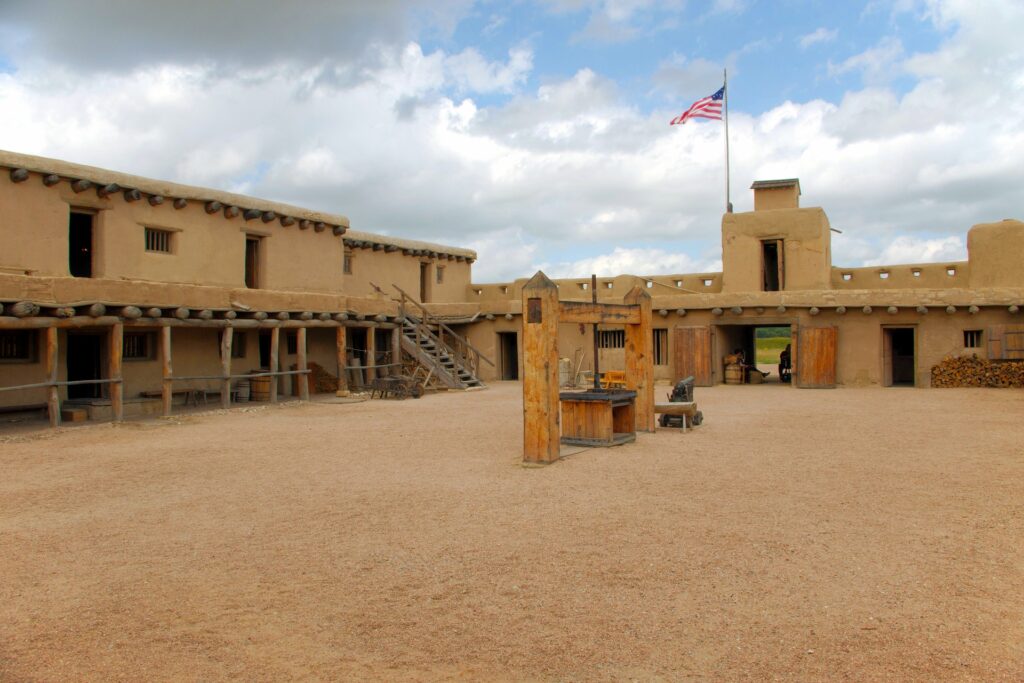
A Trading Post with a Storied Past
Originally built in 1833 by brothers William and Charles Bent, the fort quickly became one of the most important trading centers in the Southwest. Strategically placed along the Santa Fe Trail, it connected commerce between Native American nations, Mexican traders, and American pioneers. It was also one of the few permanent white settlements on the Plains during that time.
Bent’s Old Fort served many roles. It was a trade center for buffalo robes, livestock, tools, and textiles. It was a meeting place for diverse cultures including the Cheyenne, Arapaho, and Kiowa tribes. Finally, it was a military supply depot during the U.S. war with Mexico in 1846
The fort was abandoned in 1849 and eventually fell into ruin, but thanks to detailed sketches, journals, and archaeological work, the National Park Service rebuilt the fort in 1976 on its original footprint.
📍 Location:
35110 State Highway 194
La Junta, CO 81050
Google Maps Directions
What to Expect When You Visit
Visiting Bent’s Old Fort is like walking straight into a living history book. The site is fully interactive, engaging, and welcoming to families, school groups, road-trippers, and history buffs alike.
Highlights Include:
- Furnished rooms and working spaces just as they would have appeared in the 1840s
- Costumed interpreters demonstrating blacksmithing, cooking, trapping, and trading
- Live animals such as oxen, chickens, and horses that add to the authentic atmosphere
- Guided and self-guided tours available throughout the day
- Special events and reenactments throughout the year
- A scenic 1.5-mile trail along the Arkansas River with interpretive signs
Admission is free, and the park is open year-round (except major holidays). Hours vary seasonally—check the official NPS hours & info page before visiting.
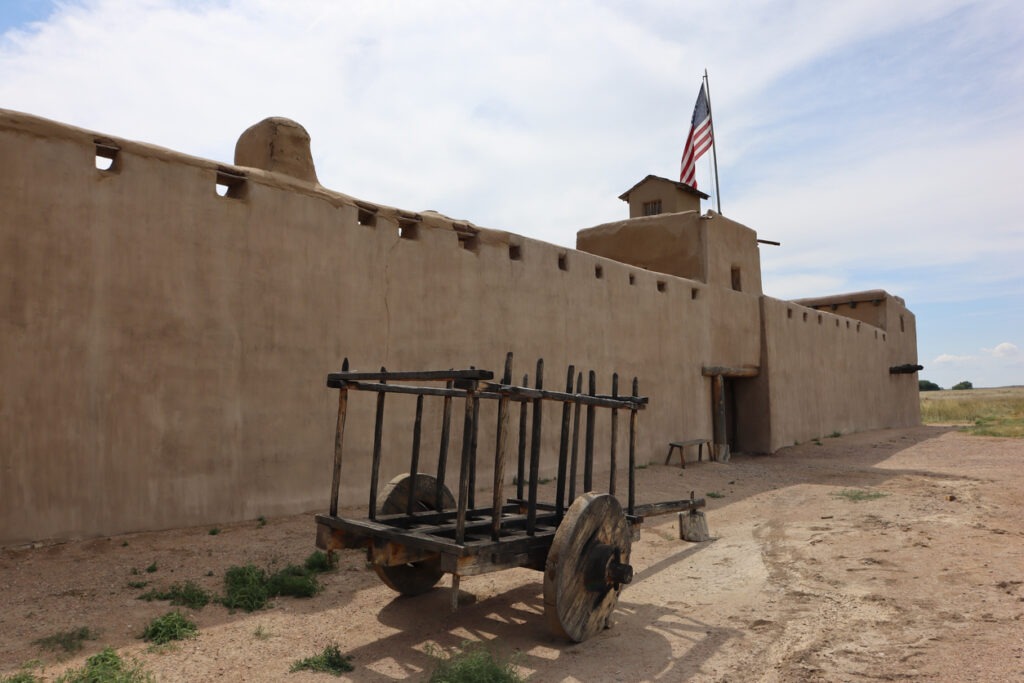
Tips for Making the Most of Your Trip
To fully enjoy your time at the fort, here are some tips to keep in mind:
- Wear comfortable shoes – The fort’s grounds include dirt paths and uneven surfaces.
- Bring water and sun protection – Especially during warmer months; southeastern Colorado can be hot and dry.
- Pack snacks or lunch – There’s no café onsite, but picnic tables are available near the parking area.
- Time your visit with a special event – Reenactments and seasonal festivals bring extra life to the fort. Check the calendar of events.
- Visit nearby La Junta – For local dining and lodging options. Visit La Junta is a great resource for trip planning.
Perfect for Families and Road Trips
Bent’s Old Fort makes a great stop on a Colorado road trip, especially if you’re traveling between Colorado Springs and southeastern Colorado or headed toward the Santa Fe Trail Scenic and Historic Byway.
This park is ideal for families because of the interactive learning makes history fun and hands-on. There is plenty of space for kids to explore safely. The park also offers a unique blend of education, culture, and storytelling that sticks with kids and adults alike.
📚 Educators and homeschoolers can also access classroom resources and field trip opportunities through the National Park Service.
Nearby Attractions to Explore
If you’re in the area, consider adding these stops to your itinerary:
- Comanche National Grassland – Explore ancient dinosaur tracks and wide-open plains.
- Koshare Indian Museum – Located in La Junta and home to Native American artifacts and art.
- John Martin Reservoir State Park – Great for boating, fishing, and birdwatching.
Step Into the Past at Bent’s Old Fort
Whether you’re a history enthusiast, curious traveler, or parent looking for an unforgettable day trip, Bent’s Old Fort National Historic Site brings the Old West to life in a way that’s authentic, immersive, and engaging. You don’t just learn history here—you feel it in the walls, hear it in the creak of wagon wheels, and see it in every fire-blackened cooking pot and weathered adobe brick.
Start planning your visit today: https://www.nps.gov/beol/index.htm
